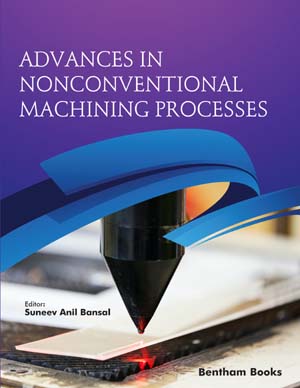Abstract
Laser-induced breakdown spectroscopy (LIBS) is attractive for fast, on-site, and remote measurement of trace elements with high spatial resolution. The measurement of chlorine concentration in concrete, which can be useful for the evaluation of durability of reinforced concrete structures, was performed with a sensitivity of better than 0.18 kg/m3, which is below the threshold chlorine concentration of 0.6 kg/m3 at which the reinforcing bars in concrete structures start to corrode. In addition, ultrashort laser pulses have several advantages for application to LIBS. The propagation of an ultrashort high-intensity laser pulse in the atmosphere produces a bundle of filaments, which can be generated for a distance of more than several hundreds of meters and have sufficient intensity for producing plasmas at various targets. LIBS using filaments, called filament-induced breakdown spectroscopy (FIBS), is very useful for remote measurement of trace elements. Remote detection and identification of microparticles in air by FIBS at a distance of 16 m was demonstrated. In addition, as a new application of LIBS, remote measurement of the electric field is presented.
Keywords: Laser-induced breakdown spectroscopy, chlorine, concrete, filament, emission spectroscopy, ultrashort pulse laser, plasma, saltwater aerosols, remote measurement, electric field.


















